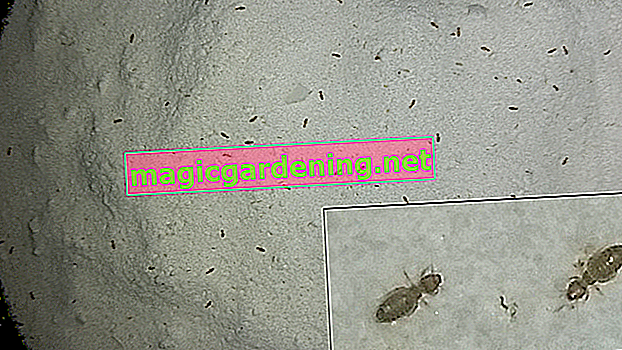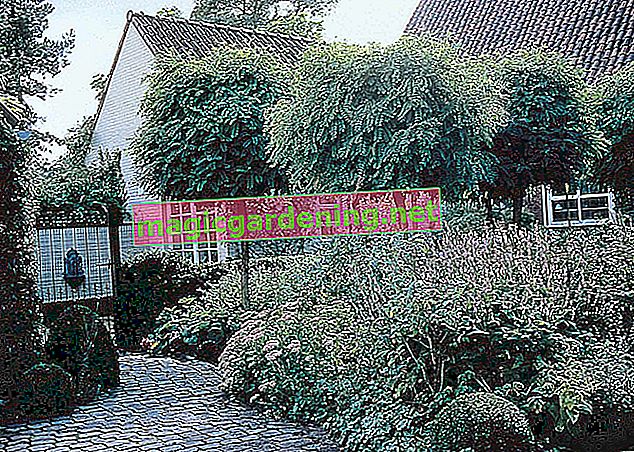
Sedges do not necessarily need to be pruned
Regardless of the type of sedge, sedges, as ornamental grasses, do not necessarily need to be pruned to look well cared for. Old leaves and stalks simply die off and rot over time. But under certain circumstances, cutting back can be useful ...
also read
- Proper care of the sedge
- Cutting Magnolia grandiflora: less is more
- These characteristics make it easy to identify sedges!
Too wide, too shaggy - a cut is now in order
Pruning a sedge can be beneficial for several reasons. This includes the following points in particular:
- got too big
- out of shape
- disheveled leaves
- Damaged stalks from frost and sunshine at the same time
- parts affected by diseases
How is it cut and when?
The sedge is cut back to the ground (5 cm above the ground). It tolerates pruning well. The best time for pruning is in spring. Be sure to prune the plant before it sprouts fresh! Otherwise you could remove new shoots through the cut.
Use sharp and clean secateurs! Alternatively, you can also cut with a knife or hedge trimmer (€ 135.56 at Amazon *). Gather the stalks with your hands. Then take the scissors or knife and cut through the stalks with one cut. Now the stalks are disposed of. Finished!
It takes time for the grass to drift well again. Patience is required ... If you don't want to wait that long, just thin out the sedge. You can do this all year round on frost-free days.
Avoid injuries from wearing gloves
Typical of sedges: their leaves are extremely sharp-edged. Anyone who comes too close to them without protection will be injured. Therefore, as a precaution, you should wear gardening gloves for protection when pruning this plant!
Tips
If the sedge in the middle is bare, a cut doesn't always help. Then it is better to divide the plant in spring. As a result, it sprouts vigorously again.








